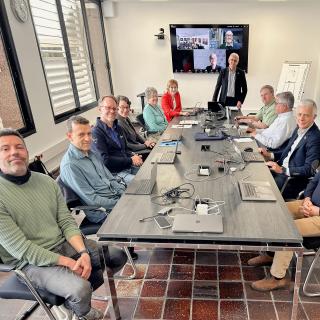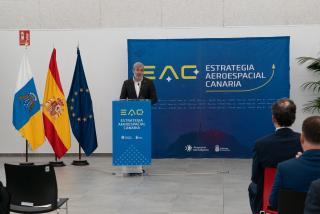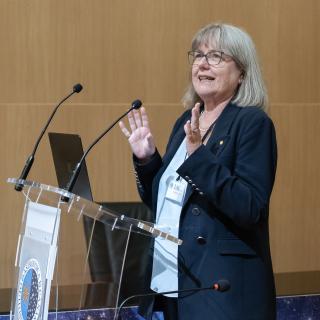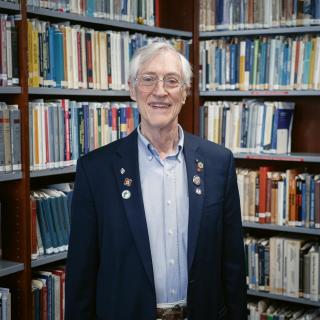
From Thursday, May 8th, to Friday, May 9th, the Canary Islands Institute of Astrophysics (IAC) is hosting the meeting of the Research Advisory Committee (CAI). This is the center's highest advisory body on research and analyzes its scientific and technological output. At this meeting, the director, Valentín Martínez Pillet, will present the center's main scientific and technological milestones, as well as a proposal for future lines of action. The director will also be joined by Eva Villaver, deputy director of the IAC; Romano Corradi, director of Gran Telescopio Canarias; Jonay González
Advertised on




